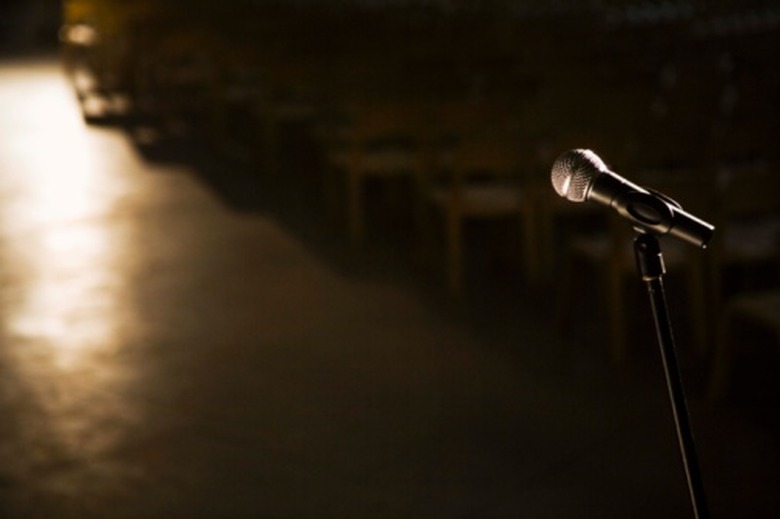Objects That Absorb Sound
Sound travels through objects differently, depending on their physical characteristics and the strength of the sound. Noise-canceling objects can have both their upsides and downsides. You can use many different items that muffle sound, but you must use them wisely or you may get a result you do not appreciate.
Advantages of Sound-Absorbing Objects
Advantages of Sound-Absorbing Objects
If you have ever stood in a large, empty room and made noise, you know how well sound can bounce around. A busy household can soon get a little loud with bad acoustics like this. The same can happen in any other highly trafficked area, which can grow annoying quickly. Setting up sound-absorbing objects around a room can help muffle the noise and make a room more pleasant. You can set out noise-absorbing objects throughout a room, or you can coat the walls with a noise-dampening material.
Qualities of Sound-Absorbing Objects
Qualities of Sound-Absorbing Objects
Sound travels as a wave that can either absorb into a surface or reflect off it. The best types of surfaces for absorbing sounds are ones with jagged surfaces and hollow recesses within (much like a sponge or cardboard). The proper object captures the sound waves and bounces them around within the object until the vibrations dwindle. For example, a sponge will absorb sound and muffle vibrations whereas a marble counter top will reflect sound.
Utilizing Sound-Absorbing Items
Utilizing Sound-Absorbing Items
If you want to prevent sound from leaving an area, it is a simple matter to set up sound-absorbing materials around the area. Wall insulation already does a great amount to block sound from traveling from room to room, but sometimes a room requires a little extra padding to halt noise completely. For example, if you have a room that you want to dampen the sound in, you should coat the walls in a sound-absorbing material such as thick rugs.
Disadvantages of Noise-Absorbing Objects
Disadvantages of Noise-Absorbing Objects
Objects that absorb noise can sometimes cause problems when you want sound to travel long distances. For example, a theater stage must have a setting that projects sound away from the back of the stage to the front. Unfortunately, theater curtains can sometimes capture and muffle the sounds of the stage. The actors and actresses have to focus on projecting their voices outward or the audience won't be able to hear the dialogue because the voices will die out in the curtains.
References
- Ron Alumbaugh; Choir Teacher; El Dorado Springs, Missouri
- Collin Wells; Drama Teacher; El Dorado Springs, Missouri
Cite This Article
MLA
Hazelton, Shae. "Objects That Absorb Sound" sciencing.com, https://www.sciencing.com/objects-absorb-sound-8140985/. 24 April 2017.
APA
Hazelton, Shae. (2017, April 24). Objects That Absorb Sound. sciencing.com. Retrieved from https://www.sciencing.com/objects-absorb-sound-8140985/
Chicago
Hazelton, Shae. Objects That Absorb Sound last modified March 24, 2022. https://www.sciencing.com/objects-absorb-sound-8140985/
